Legend has it that in Lop Nur, there is an ancient treasure hidden by the Lou Lan people, attracting countless antique traders and explorers to search for treasures. But it’s all a no return. Therefore, Lop Nur was once called the “Dead Sea”.
Who would have thought that Lop Nur, which was arid for thousands of years, with sharp salt bodies that could pierce anything, is no longer a forbidden place of death. As it turns out, the water has returned to Lop Nur, feeding hundreds of millions of Chinese. What happened to Lop Nur?
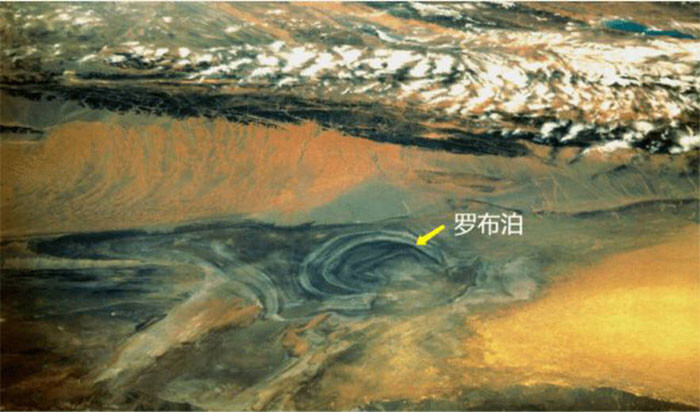
Viewed from satellites, Lop Nur basin resembles the shape of a human ear.
Lop Nur is a place where anyone should be in awe
When it comes to Lop Nur, people think of the arid desert. Besides, many people still remember the long-standing legend, which is Pisces jade. Since many fantasy novels are based on true events to write, many people believe that Pisces jade can “copy” double objects to be real. After many investigations, the rumors about the “time door” of Pisces jade are fake. But the death of scientist Peng Jiamu is real.
It is reported that, in the 1970s, people in the Lop Nur area ate a local plant, like ephedra, and developed many symptoms of poisoning. In 1980, the state organized a delegation of experts to Lop Nur to survey.

In 1980, scientist Peng Jiamu and an expedition went to Lop Nur to survey and he has been missing since then.
Lop Nur welcomes anyone who visits with a chilling desolate charm. The temperature here is above 40 degrees Celsius in summer and minus 20 degrees Celsius in winter. The annual rainfall is pitifully meager at about 20mm.
In particular, there is always strong wind here. More than 2 months of the year, there will be gusts of 8. Strong winds blow sand and rocks in all directions, making people not even see the sky clearly, let alone people. Even camels, known as the “boat of the desert”, have a hard time living here.

Lop Nur has been deserted, and even camels cannot survive.
Back 300 years ago, Lop Nur was not as arid as it is today, the lake still had an area of about 3,000 square kilometers measured in 1942. But by 1970, the lake had completely disappeared, becoming the desert as it is now. Later, many expeditions carrying advanced equipment entered Lop Nur to explore. Many people did not return, including the famous scientist Peng Jiamu.
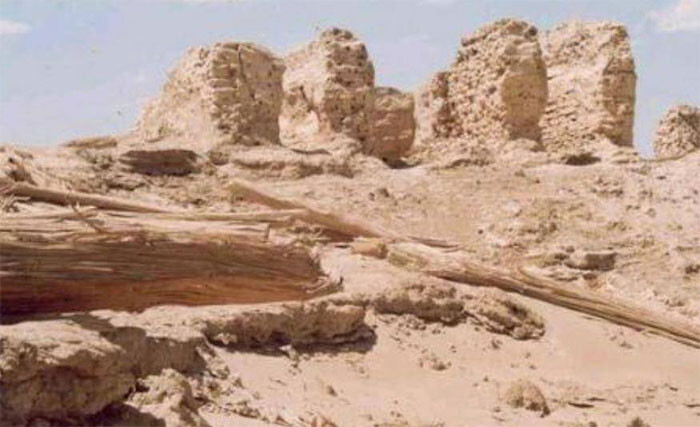
The terrain in Lop Nur is mainly yardang mounds weathered by wind and sand, extremely harsh temperatures.
Since ancient times, people have hoped to find a treasure – the legendary treasure of the Lou Lan people in Lop Nur. It wouldn’t be surprising if you found human skeletons in Lop Nur. Because that place is like a funnel that sucks people in, everyone who enters will never return.
Lou Lan Castle Ruins in Lop Nur
About 2,000 years ago, Lop Nur was the second largest saltwater lake in the world. At that time, Lop Nur was really a prosperous place suitable for people to live. The ancient Loulan people lived here. Due to climate change and many other reasons, the once rich ancient country disappeared in the course of history.
Lau Lan is no more, Lop Nur also gradually drifts into oblivion. But in recent years, this land known as “Earth of the Earth” has changed significantly.
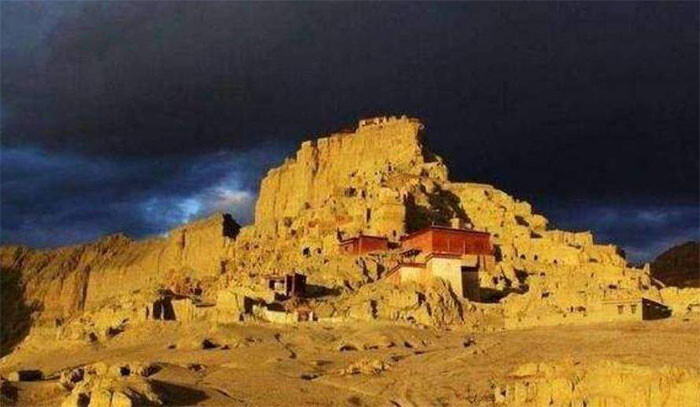
Lau Lan ancient citadel is a place where many people pay attention and aspire to find antiquities.
Lop Nur is located in the Tarim Basin, close to the eastern desert, and is the center of Lou Lan’s prosperous region. As a large lake, all the prosperity and civilization development of Lau Lan was marked by it.
In ancient times, when it was a salt lake, Lop Nur used to be a beautiful place. During its golden age, it is recorded in the Hanshu that its water area reached 5,000 square kilometers, completely beating China’s current freshwater lakes.
Unfortunately, some rivers changed course, and Lop Nur eventually dried up. It is difficult for it to recreate its glory as before. It is only famous for being the place where many ghosts and strange things exist and was once inhabited by the ancient Lou Lan people.
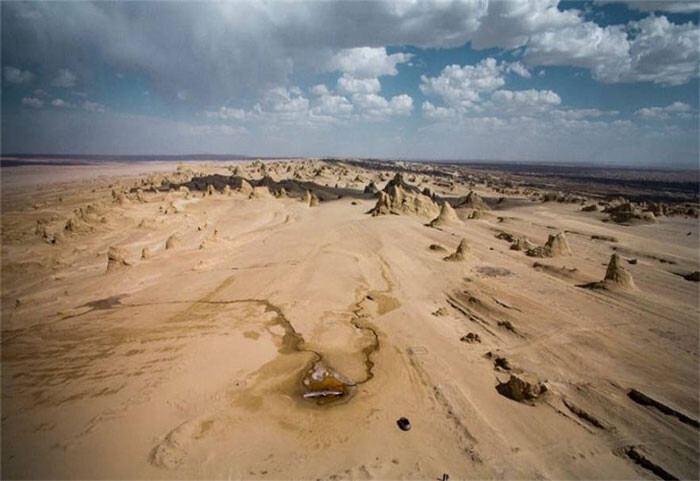
Until the 3rd century AD, Lop Nur was still a place rich in vegetation and full of water.
Lop Nur’s history has always been closely linked to the ancient nation of Lou Lan. According to legend, when Truong Khien went on a mission to the Western Region, he saw around Lop Nur grazing cattle, rafting on the lake and fishing.
According to ancient records, the waters of the Tarim River, the Khong Tuoc River and other rivers flow into Lop Nur, an area second only to Qinghai Lake. After the 3rd century AD, the amount of water gradually decreased because the river changed direction and the Lou Lan people overexploited and destroyed the ecology of Lop Nur. By the sixth century AD, Lop Nur was almost dry. With its disappearance, the ancient country of Lou Lan was also buried under the golden sand.
Lop Nur is now “revived”?
Although Lop Nur did not escape a dry fate, but with a long history associated with the beautiful and mysterious Lau Lan country, up to now, there are still many people who are tempted by that past to come back to explore and explore. Tourism in Lop Nur. Currently, Lop Nur can only welcome tourists from mid-April to mid-October.
Lop Nur that year was dry, but the water did not completely evaporate into the air, but partly penetrated into the ground and stored in the deep layer. Just wait until the right opportunity will “respawn” again. Is it possible that the Lop Nur subterranean layer is connected to the underground circuit of the Tarim and Khong Tuoc rivers?
The increase in rainfall inland is gradually bringing positive signs of revival to this desert.
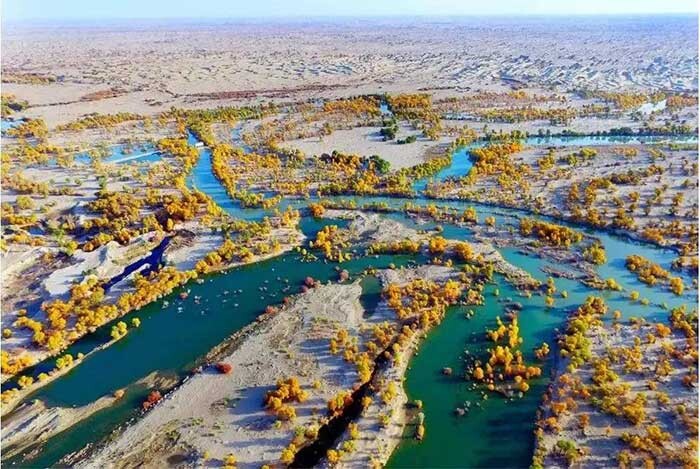
It’s hard to look back at Lop Nur as overflowing with water as it was thousands of years ago.
Over the past half century, rainfall in Xinjiang has increased by about 5%. This causes the flow of rivers to increase, based on the remnants of the original lake, water storage is gradually replenished.
There is still a long way to go before Lop Nur can find his aura again. It’s hard to look back at Lop Nur as overflowing with water as it was thousands of years ago. Because of the increasingly unstable climate situation, the evaporation rate of water will always be faster than the storage rate of the lake.
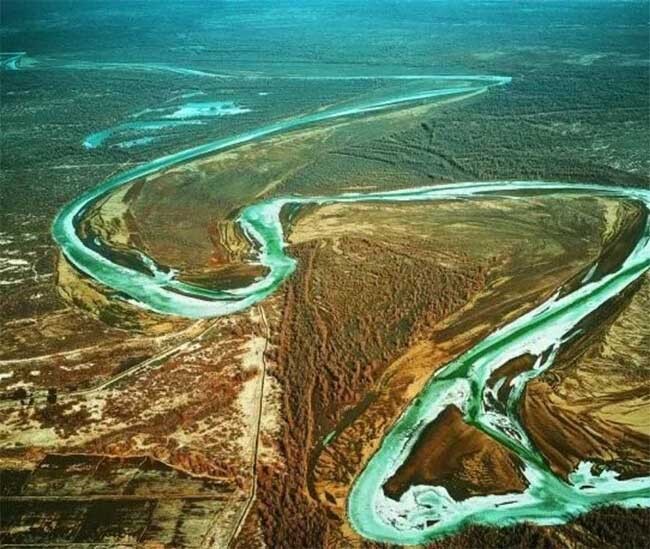
Image of the Tarim River and its direction.
The reappearance of water is meager but it is a positive sign. And indeed, this is not only good news for Lop Nur but also “revives” the lives of many people. The ruins of Lau Lan citadel enter the lives of the people in a different version. This place is not ordinary water but salt water rich in potassium.
The water in Lop Nur is not drinkable, in addition to containing many toxic ingredients, the concentration is saltier than sea water. The water here contains metal ions such as sodium, potassium and magnesium. They can be refined to yield potassium chloride, potassium sulfate, all of which are good potassium fertilizers.
After much research, there are about 250 million tons of potash mine north of Lop Nur. If they are exploited differently, they will greatly support China’s agriculture, which does not have to depend on importing potash fertilizers. At the same time, this creates jobs for millions of people.
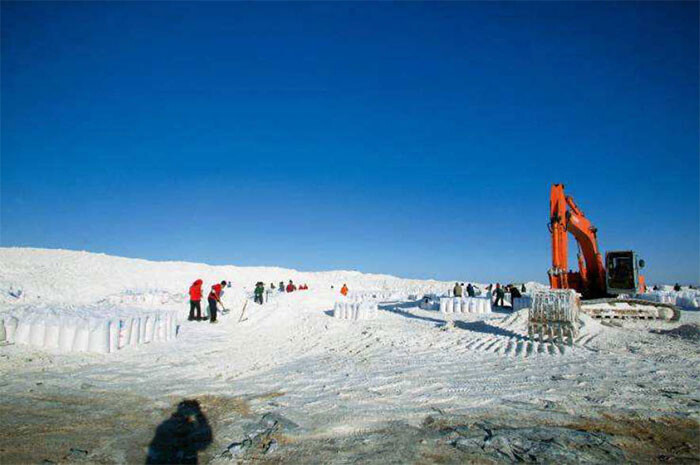
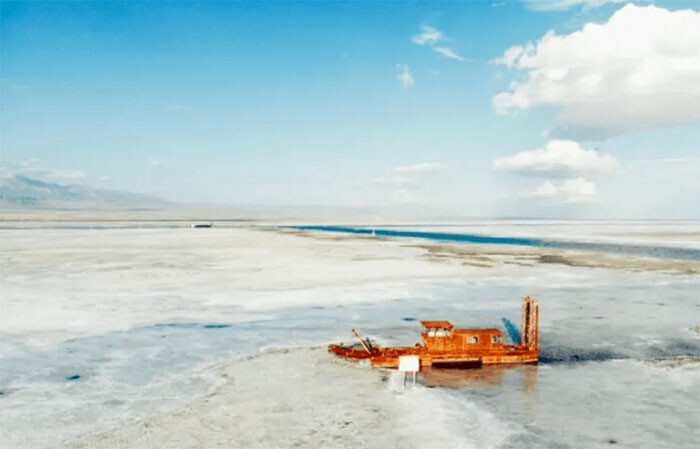
Compared with previously imported potash fertilizers, the low cost potash produced in Lop Nur is very popular with farmers.











